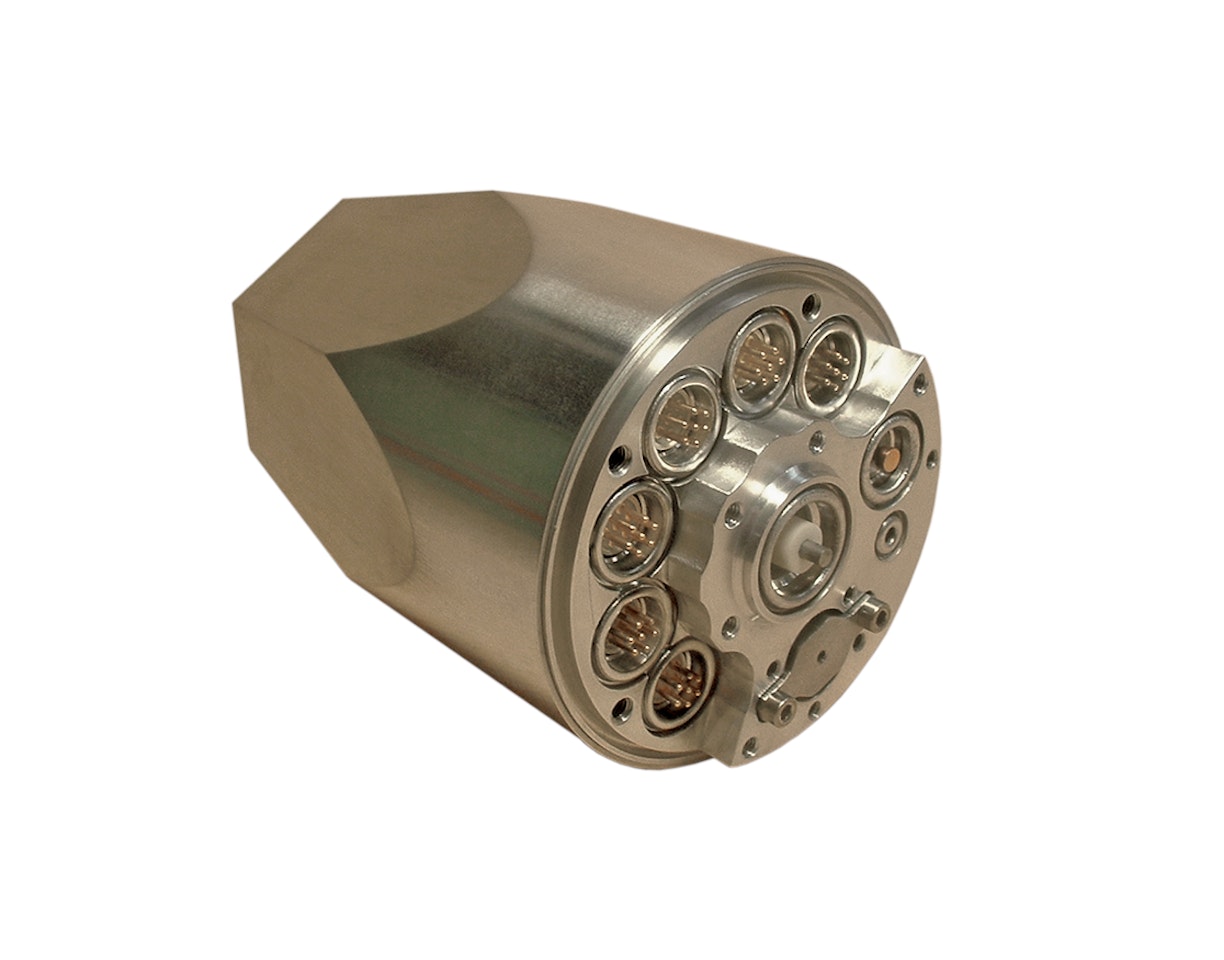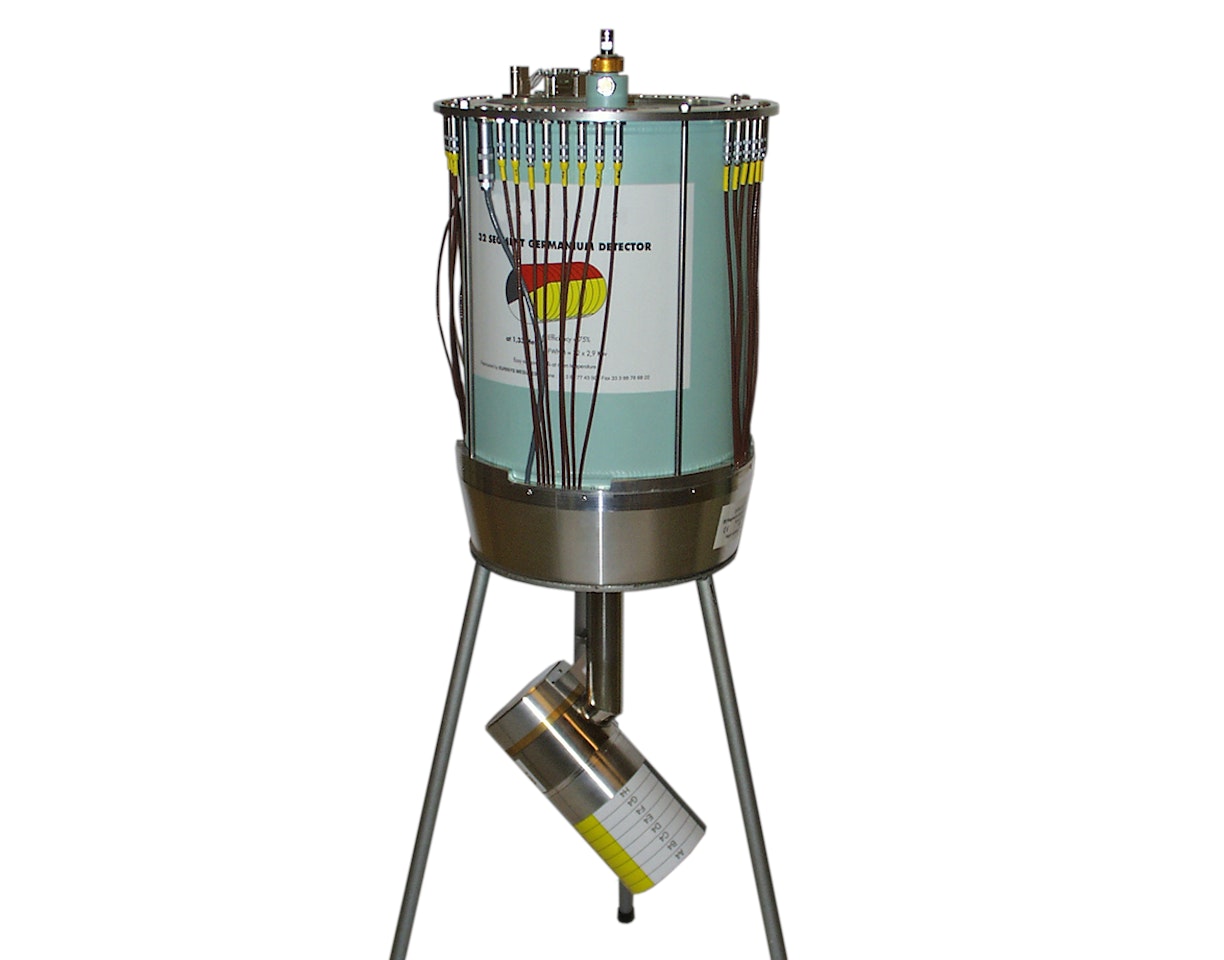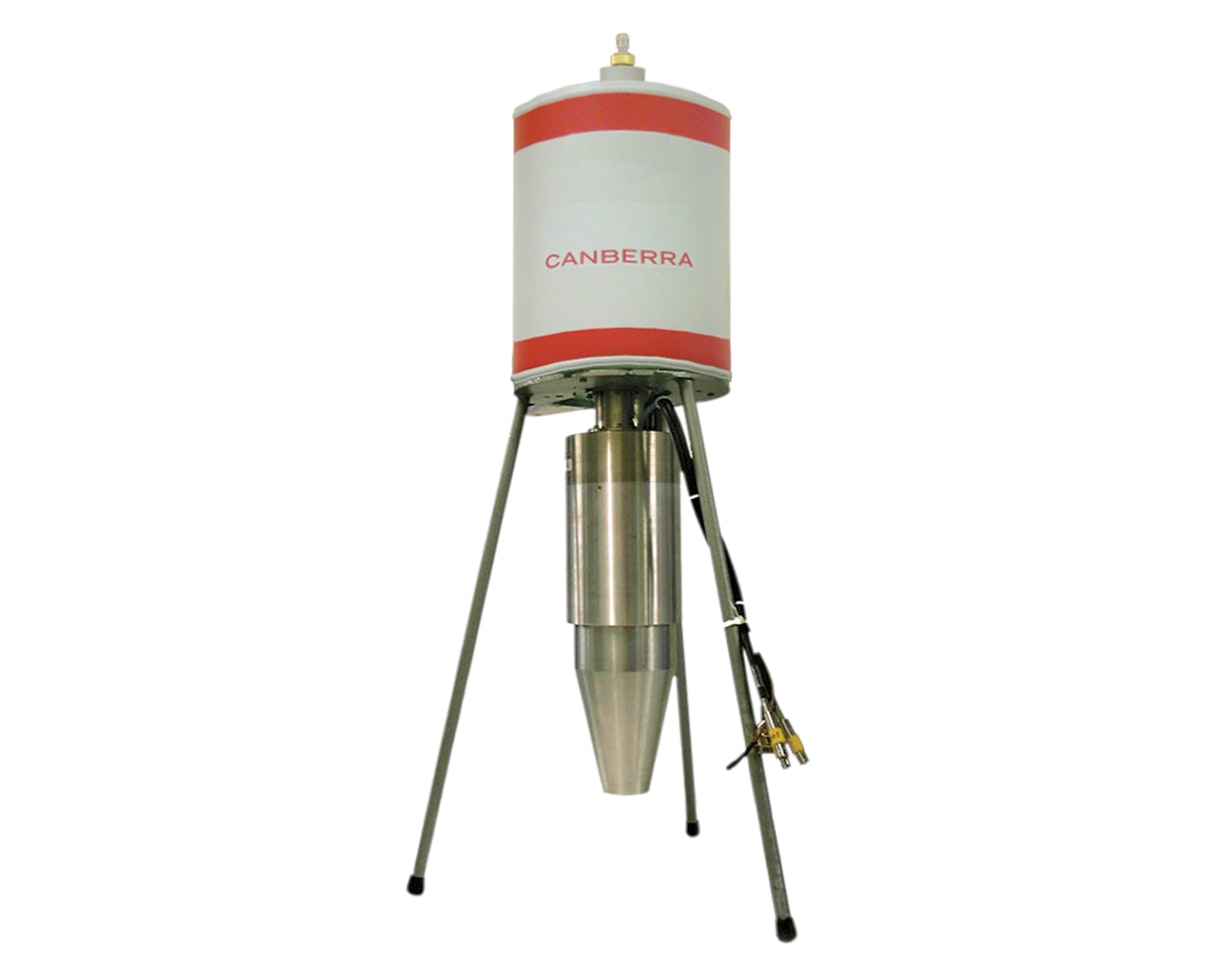Description
The Segmented Si(Li) detectors (ESLX-S and LTS) are manufactured using a proprietary technology allowing design of the unique segmented silicon detectors available worldwide.
Mirion has applied the photolithography proven techniques – usually employed in microelectronics – to Si(Li) diodes. Thus, all kinds of segmentation patterns are possible (straight or curved strips, pixels, etc.).
Mirion also offers a proprietary double sided thin window segmentation. This enables to build telescope systems consisting of several layers of Si(Li) detectors.
Segmentation offers many advantages:
- High efficiency through best area coverage: Suppression of dead zones between consecutive strips.
- Best granularity: Small pitch down to 2 mm.
- Fastest response: Good behavior at high count rates (up to 1 million pulses per second) due to fast preamplifiers without any compromise on signal to noise ratio.
- 2-sided photolithography capability, with pitches down to 2 mm.
- Excellent FWHM resolution: typically 150 eV at 5.9 keV on cooled ESLX-S devices for X-ray measurements.
- No measurable crosstalk.
Segmentation techniques fit with all crystal designs: circular, rectangular, etc.
Several Si(Li) detectors may be associated in arrays to increase angular coverage or may be stacked.
ESLX-S detectors in a unique cryostat, offer high energy X-ray absorption or imaging capabilities (gamma cameras).
ESLX-S detectors are cooled at liquid nitrogen temperature and withstand many thermal cycles.
Such characteristics make ESLX-S series the best choice for X-ray measurements in many applications such as physics experiments as well as non invasive detection.
LTS detectors are operated at room temperature or are peltier cooled for improved performances compared to those at room temperature.
Applications
- PIXE (microprobes)
- Synchrotron (EXAFS, medical beam lines)
- Nuclear Physics
- Non destructive control
- Radiography
- Imaging (gamma cameras)
- Typically for LTS: CAM (Continuous Air Monitoring) on beta particles





